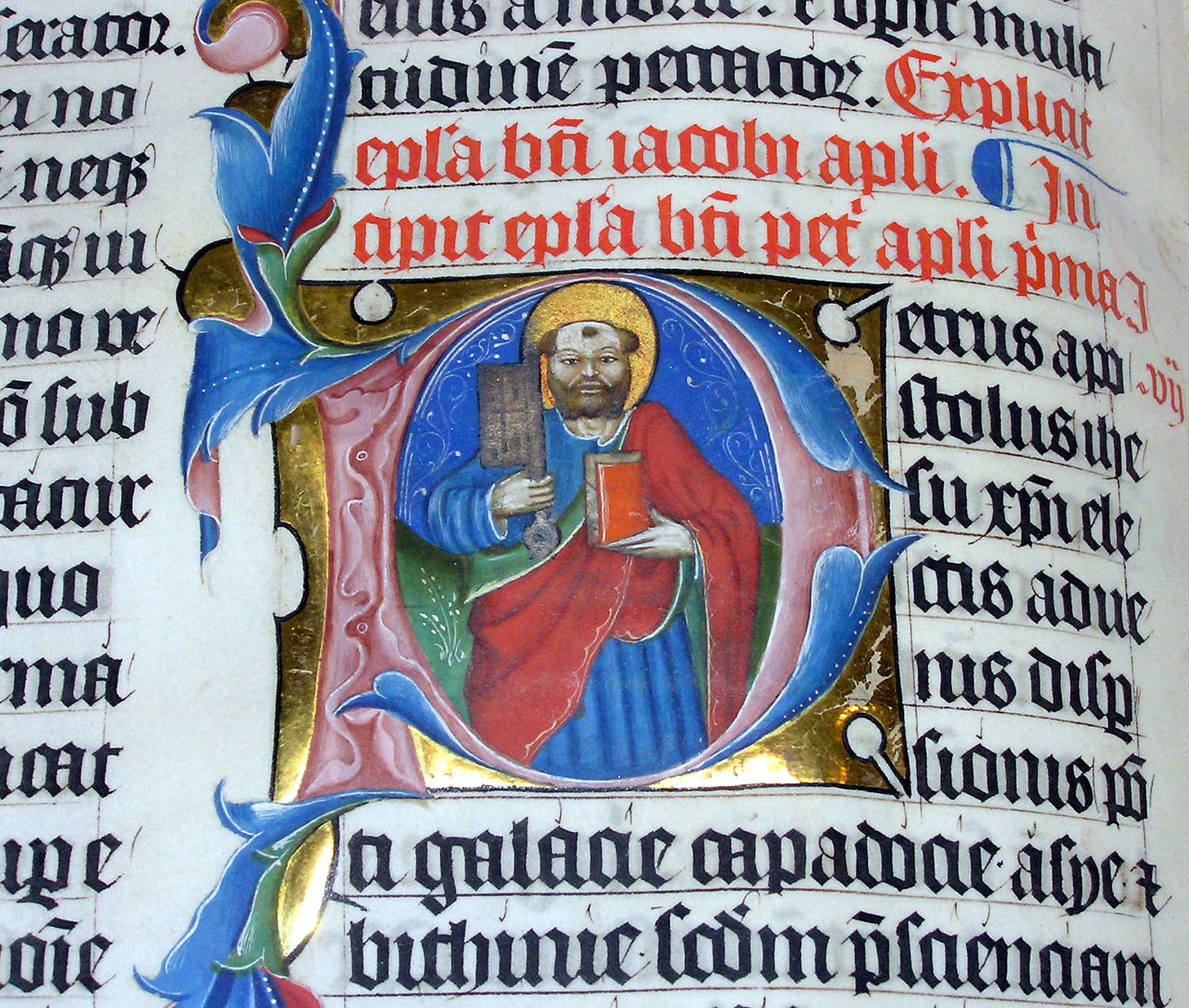So far in this series on the senses of holy Scripture (particularly among scholastics), we have defined the literal sense as that sense which is taken from signifying letters or words, by contrast to the spiritual sense, taken from signifying realities. In our last post, we noted that the medieval quadrigra has been greatly confused, primarily because (1) allegory is said in many modes, but also (2) the four senses enclosed in the quadrigra reduce to two different genera: the literal sense (including both the proper literal sense, as well as the metaphorical one) is itself a genus, and then the allegorical, the anagogical, and the moral/tropological all reduce to a different genus and one not alerted to, namely the spiritual sense. Broadly speaking, the Protestant tradition never understood this, and this has caused significant problems in both understanding what the fathers and scholastics are actually doing, as well as in dialoguing with Roman Catholics regarding methods of interpretation. As a parallel project, we have also been focusing on the nature of (patristic) allegorizing, which understands the allegorical sense differently from the medievals, and as a catch-all category: any sense besides the (proper) literal. This is by contrast to literalizing, which understands more or less exactly as the letters say, and is a severe problem today.
In this post which continues our series, we will introduce the different species of the spiritual sense, viz., the allegorical, the anagogical, and the moral/tropological. Initially, we will explain what this specification scheme attempts to do. There is again much variation among scholastic medievals (not to mention the fathers) which needs to be explained. Afterthis, we will give the rule-of-thumb understanding of these three species, before giving Thomas’s explanation in detail (in a subsequent post).
Adequately Specifying All the Spiritual Senses
Throughout tradition and especially scholastic tradition, the task has been to adequately categorize the entirety of the reality at hand. The impulse of Aristotelians to reduce all ens creatum into Ten Categories, is simply extended as the same impulse in scholastic theology: a good case in point is adequately dividing divine names.
We find the same impulse when it comes to handling all the concrete spiritual senses found in holy Scripture. We remind that by saying in holy Scripture, we mean this differently from how e.g., the literal sense is said to be in holy Scritpure. The literal sense is therein because it is usurped from the signifying words which compose this set of writings. By contrast, the spiritual sense (as a genus) is therein only because and insofar as the significant realities whence the spiritual sense is usurped are themselves the literal sense taken from the signifying words. The words signify things, and then the things signify others: the words “Israel crossed the Red Sea,” signify the historical reality the Red Sea crossing, and that very reality itself signifies others, e.g., our baptism into Christ. From the words, literal sense; from the realities, spiritual.
Keep reading with a 7-day free trial
Subscribe to Quodlibeta Theologica to keep reading this post and get 7 days of free access to the full post archives.




